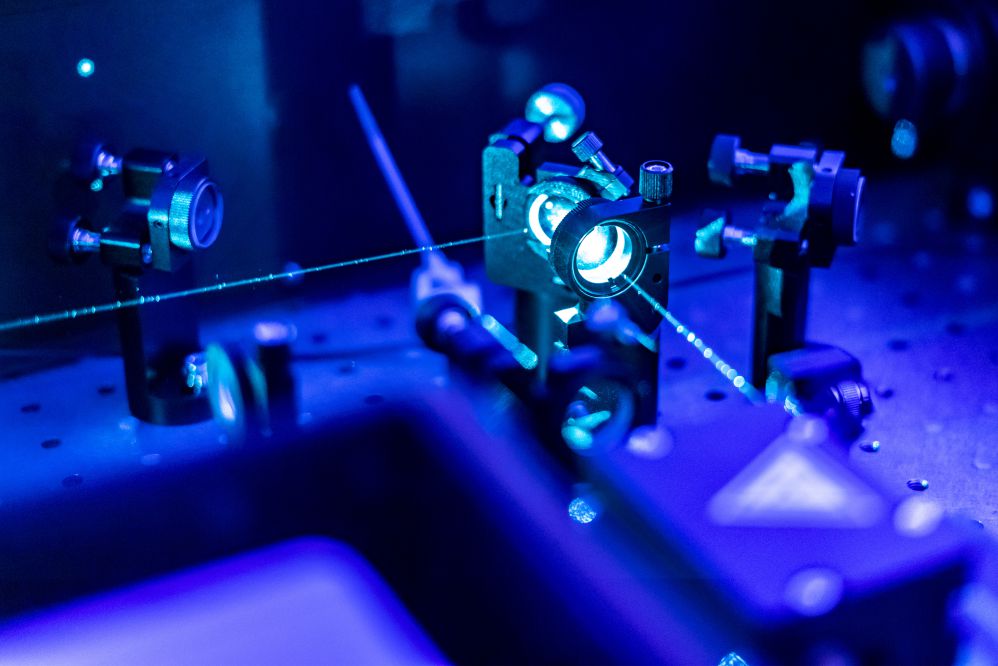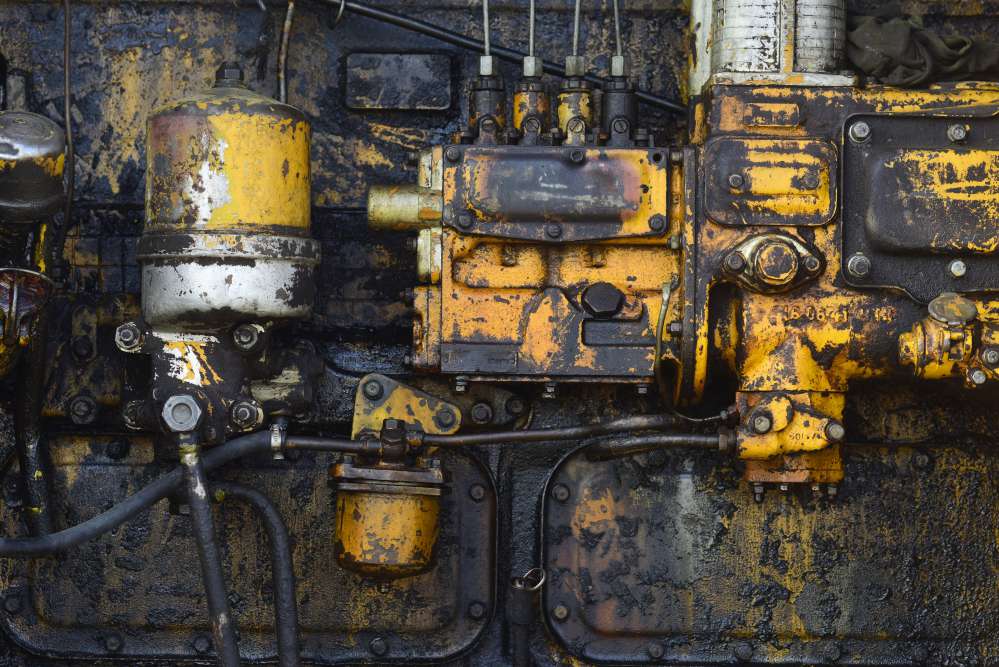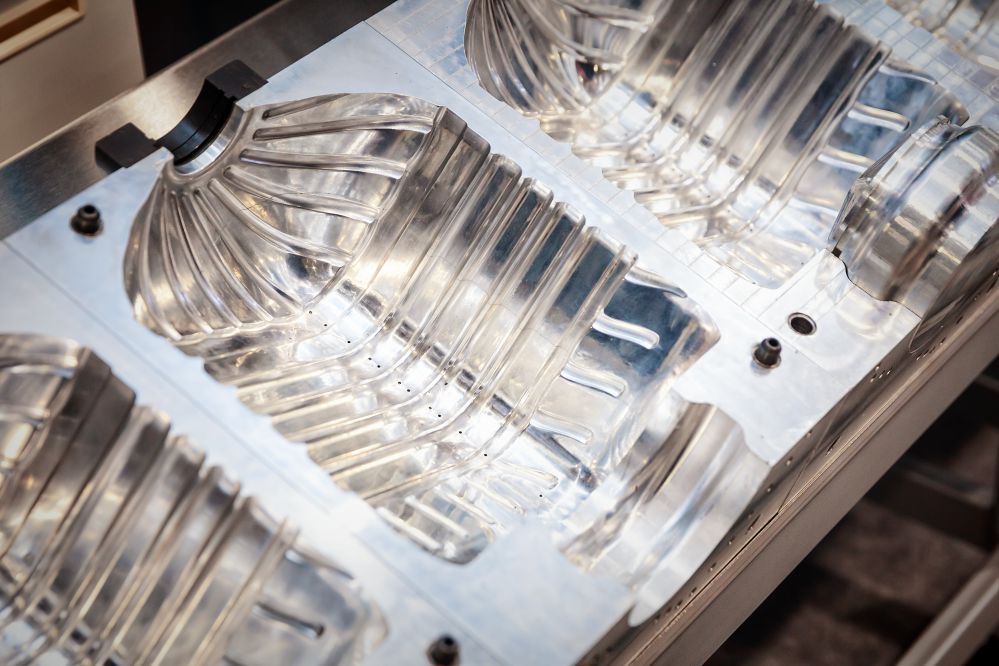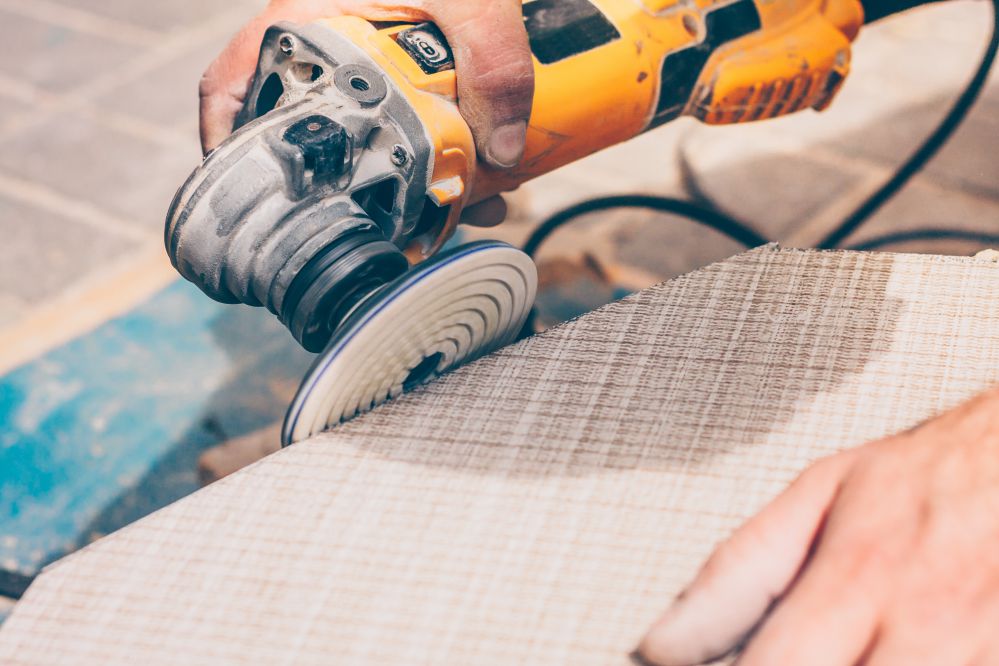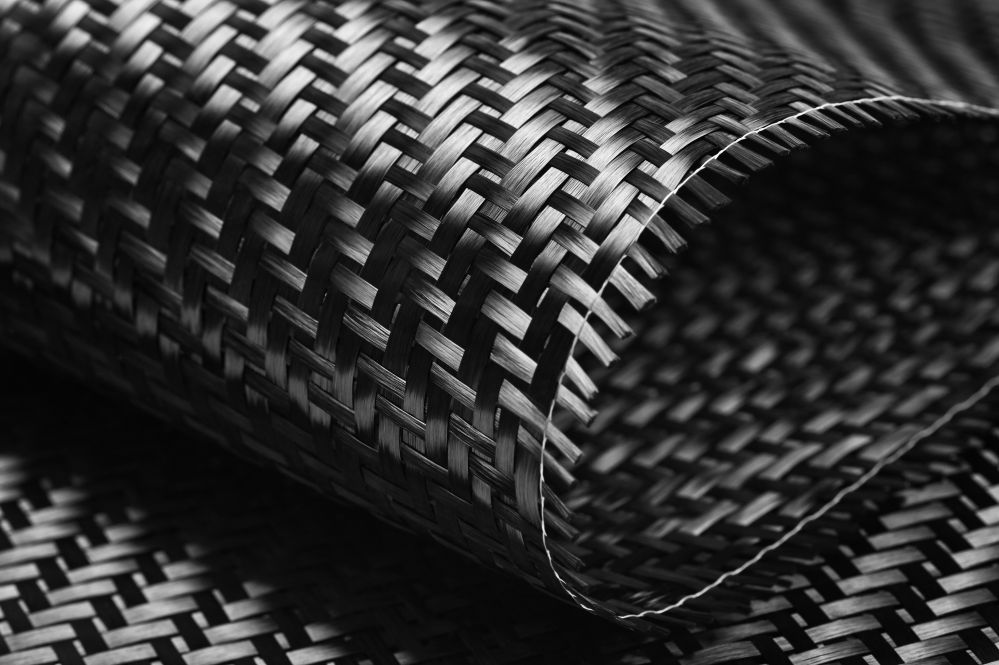The CO2 laser has been on the market for many decades. Over the years it has proven to be a sturdy tool, capable of providing thousands of hours of processing without having to be serviced or replaced.
Unlike for mechanical production equipment, one of the biggest advantages of laser processing is low maintenance.
Mechanical tools operate by contact between parts and rely on moving mechanisms. The friction generated during machine operation makes wear and tear on this production equipment a pressing problem. Periodically, production has to be stopped in order to carry out the necessary maintenance operations, which increases the costs of operation and processing. The die sector is but one example of an industrial process that suffers from this problem. In this type of application, the dies have to be replaced periodically to guarantee the quality of the cut.
Laser, on the other hand, is a non-contact process. The entire laser system is based on the production and transmission of electronic pulses and the generation of polarised light beams. There are no moving parts or friction and therefore no direct impact on the lifetime of the laser source.
However, this does not mean that laser sources are maintenance-free. Laser sources also wear out, albeit much more slowly. This is why they need regular maintenance.
In the case of CO2 laser sources, the main problem is the rarefaction of the gas inside the laser tube. Year after year, the gas mixture is normally depleted, resulting in around a 1-2% emitted power decrease per year. This causes a gradual deterioration of the processing and a consequent decrease in efficiency.
The only solution to this problem is to periodically regenerate the laser source. However, this is a costly and time-consuming operation that usually involves stopping the production line, resulting in a negative impact on productivity.
El.En. has created a series of laser sources based on Self-Refilling technology to overcome this very problem. These sources, called Never Ending Power, avoid the regeneration of the source thanks to the use of a cylinder that contains the propagation medium. This cylinder can easily be replaced without causing any delays and guarantees the same process parameters and power over time.
This innovative recharging technology now makes it possible to have a laser source that always functions at maximum power. The laser beam’s quality will consistently remain at its highest level and the lifespan of the laser source will practically be infinite. Contact us for more information!
